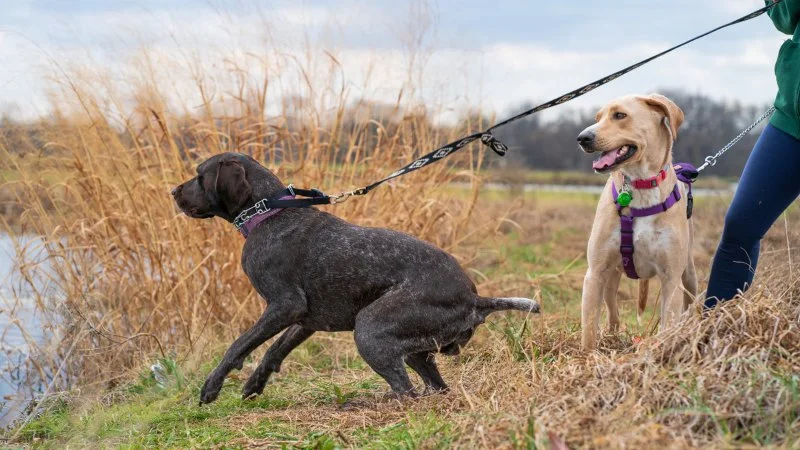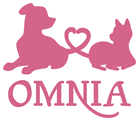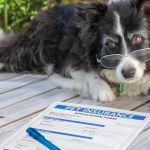
How to Deal with a Dog That is Aggressive on the Leash
- 1.1 Understanding Leash Aggression
- 1.2 Possible Causes of Aggression
- 1.3 Effective Training Techniques
- 1.4 Tools to Help with Leash Aggression
- 1.5 Real-Life Case Study: Managing Leash Aggression
1.1 Understanding Leash Aggression
Leash aggression is a common issue many dog owners face. It refers to a dog's aggressive behavior while on a leash, such as pulling, barking, lunging, or growling at other dogs, people, or even inanimate objects. This behavior can make walks stressful and unsafe, but with the right understanding and techniques, it can be addressed and corrected.
The key to dealing with leash aggression is recognizing that your dog may not be aggressive in general, but rather reacting due to specific triggers while being restrained on a leash. This restriction can cause frustration, fear, or excitement that leads to aggression. Understanding the underlying causes of leash aggression is the first step toward effective intervention.

Alhambra Animal Hospital: Heidi Henstra & Christine Carrillo, DVM
AlhambraLos Angeles CountyCalifornia
1501 W Mission Rd, Alhambra, CA 91803, USA
1.2 Possible Causes of Aggression
Several factors can contribute to leash aggression. It's essential to observe your dog’s behavior to identify triggers. Some common causes include:
- Fear or Anxiety: Dogs that are fearful or anxious may become defensive and act aggressively when they feel cornered or threatened by other dogs, people, or unfamiliar surroundings.
- Lack of Socialization: If your dog hasn’t been properly socialized with other dogs or people during their critical development stage, they may react aggressively when meeting new dogs or strangers on walks.
- Overstimulation: Some dogs become overstimulated during walks and may act aggressively due to the excitement of encountering new sights, sounds, and smells.
- Leash Frustration: Dogs may become frustrated when they are unable to reach or interact with something they are fixated on, like another dog or a squirrel, leading to aggressive behavior on the leash.
1.3 Effective Training Techniques
Addressing leash aggression requires patience and consistent training. Here are some effective techniques to help reduce and eliminate aggressive behavior:
- Positive Reinforcement: Rewarding your dog with treats, praise, or toys when they exhibit calm behavior on the leash is a powerful way to reinforce good behavior. For example, if your dog stays calm when passing another dog, reward them immediately to reinforce the behavior.
- Desensitization and Counter-Conditioning: Gradually expose your dog to the triggers that cause aggression at a distance that doesn’t evoke a strong reaction. Over time, bring the trigger closer, rewarding your dog for calm behavior. This process helps your dog learn that the presence of other dogs or people is not a threat.
- Redirecting Attention: If your dog begins to act aggressively, redirect their attention to something more positive, like a toy or a command they know. This can help break their focus on the trigger and shift their energy into something more productive.
- Loose Leash Walking: Teaching your dog to walk politely on a loose leash can help prevent frustration and the urge to lunge. Practice walking in controlled environments before venturing into more stimulating areas.
1.4 Tools to Help with Leash Aggression
In addition to training techniques, certain tools can make managing leash aggression easier:
- Front-Clip Harnesses: These harnesses help reduce pulling and give you better control over your dog, making it easier to manage their movements and prevent aggressive lunging.
- Gentle Leaders or Head Halters: These tools can be effective in controlling leash aggression by gently guiding your dog’s head and redirecting their attention away from triggers.
- Retractable Leashes: While they offer freedom, they can also cause more tension and increase the likelihood of aggression. Using a standard leash allows you more control and reduces frustration.
At Omnia Pet, we offer a variety of training tools and harnesses that can help you manage leash aggression and improve your dog’s behavior on walks.

Aquatic Realmz Aquarium Maintenance & Design
GreenfieldMilwaukee CountyWisconsin
3550 S 108th St, Greenfield, WI 53228, USA
1.5 Real-Life Case Study: Managing Leash Aggression
One of our customers, Sarah, shared her experience with her dog, Max, who displayed severe leash aggression towards other dogs during walks. After several frustrating attempts to correct his behavior, Sarah sought professional help and used desensitization techniques alongside a front-clip harness. By gradually exposing Max to other dogs at a distance and rewarding him for calm behavior, Sarah saw significant improvement. Within a few weeks, Max was walking past other dogs without lunging or growling. With continued training and positive reinforcement, Sarah was able to make her walks with Max enjoyable again.
Sarah’s story highlights the importance of patience, consistency, and using the right tools when dealing with leash aggression. It’s a process, but with the right approach, it’s entirely possible to turn around a dog’s behavior and create a positive walking experience.
For more helpful products and expert advice on managing leash aggression, visit Omnia Pet. We offer a wide range of products and resources that can assist you in training your dog and making your walks more enjoyable.







 Hollywood Feed4.0 (184 reviews)
Hollywood Feed4.0 (184 reviews) Brew Biscuits5.0 (2 reviews)
Brew Biscuits5.0 (2 reviews) All Friends Animal Hospital4.0 (446 reviews)
All Friends Animal Hospital4.0 (446 reviews) Kittylandkittens LLC0.0 (0 reviews)
Kittylandkittens LLC0.0 (0 reviews) Village Animal Clinic4.0 (212 reviews)
Village Animal Clinic4.0 (212 reviews) Rift Lake Aquatics4.0 (165 reviews)
Rift Lake Aquatics4.0 (165 reviews) Understanding Pet Insurance: What Does It Actually Cover?
Understanding Pet Insurance: What Does It Actually Cover? How to Keep Your Kitten's Eyes Clean and Free of Discharge
How to Keep Your Kitten's Eyes Clean and Free of Discharge The Truth About Heartworm Disease: Prevention is Cheaper Than Cure
The Truth About Heartworm Disease: Prevention is Cheaper Than Cure Why Is My Kitten's Belly Button Showing? | Omnia Pet
Why Is My Kitten's Belly Button Showing? | Omnia Pet Why Does My Cat Bite Me Gently? Love Bites Explained
Why Does My Cat Bite Me Gently? Love Bites Explained How to Stop Your Kitten from Getting into Cabinets
How to Stop Your Kitten from Getting into Cabinets